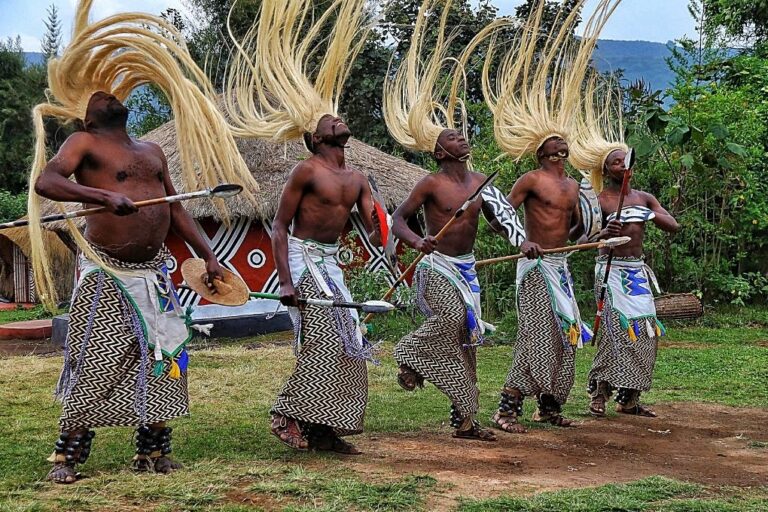Introduction: Exploring Rwandan Cuisine
Rwandan cuisine offers a unique blend of flavors and influences from neighboring countries and cultural traditions. The cuisine is an essential part of the country’s heritage and reflects the diversity of its people. The different regions in Rwanda boast of their specific dishes, ingredients, and cooking techniques that showcase the country’s rich culinary history. In this article, we will explore the influences of neighboring countries and cultural traditions on Rwandan cuisine.
Neighboring Countries’ Influence on Rwandan Cuisine
Rwanda shares borders with five countries, including Burundi, Tanzania, Uganda, the Democratic Republic of the Congo, and Kenya. The proximity of these countries has significantly impacted Rwandan cuisine. The influence is evident in the use of spices, ingredients, and cooking techniques. For instance, East African spices such as curry, cumin, and coriander are common in Rwandan dishes. The Ugandan and Kenyan influence is seen in the use of beef and matoke (a variety of banana), respectively.
Cultural Traditions’ Impact on Rwandan Cuisine
Rwandan cuisine also reflects the country’s cultural traditions. The cuisine is an essential part of the country’s identity and is often associated with specific occasions and events. For instance, the traditional Rwandan wedding is incomplete without serving ibirayi (a traditional Rwandan porridge made from cassava, corn, or sorghum), isombe (a dish made from cassava leaves and eggplants), and grilled meat. Similarly, the tradition of welcoming guests with food has led to the development of dishes such as agatogo (a dish made from various vegetables cooked with cassava leaves).
Burundian & Ugandan Influences on Rwandan Cuisine
The influence of Burundian and Ugandan cuisines on Rwandan cuisine is evident in the dishes served in the western and southern regions of the country. The Burundian influence is seen in the use of plantains and beans in dishes such as matoke and beans. The Ugandan influence is seen in the use of beef in dishes such as brochettes (grilled meat skewers) and stews.
Tanzanian & Congolese Influences on Rwandan Cuisine
The influence of Tanzanian and Congolese cuisines on Rwandan cuisine is visible in the dishes served in the eastern and northern regions of the country. The Tanzanian influence is seen in the use of coconut in dishes such as mchuzi wa samaki (fish stew). The Congolese influence is seen in the use of peanuts in dishes such as matoke na nyama (meat with matoke) and plantains.
Conclusion: A Rich Blend of Influences in Rwandan Cuisine
Rwandan cuisine is a rich blend of influences from neighboring countries and cultural traditions. The use of spices, ingredients, and cooking techniques from neighboring countries has resulted in a diverse culinary experience. The tradition of serving specific dishes on specific occasions and events has led to the development of unique Rwandan dishes. Overall, Rwandan cuisine is a reflection of the country’s history, diversity, and cultural traditions.

